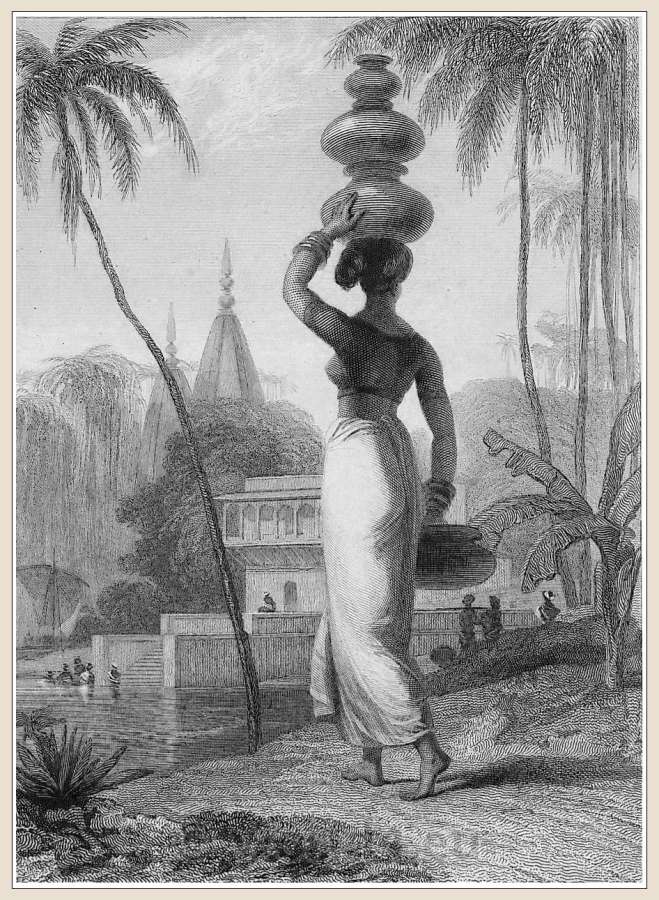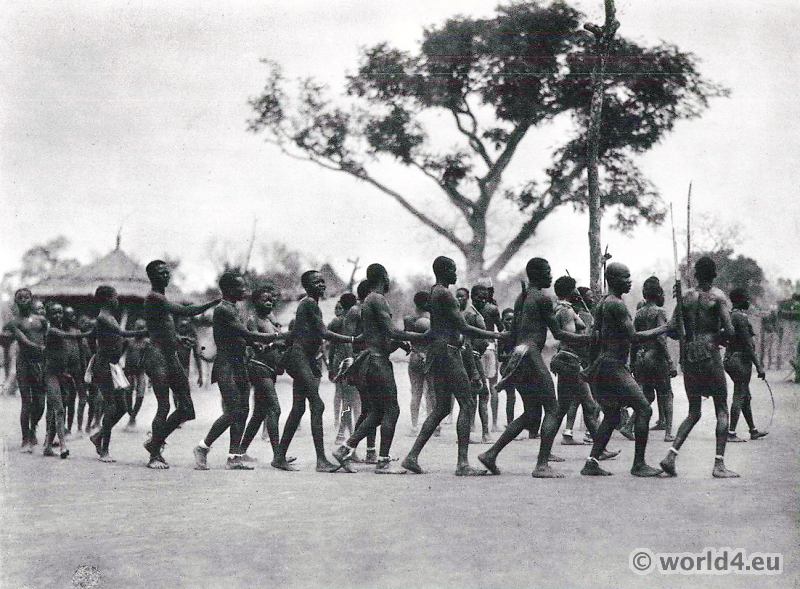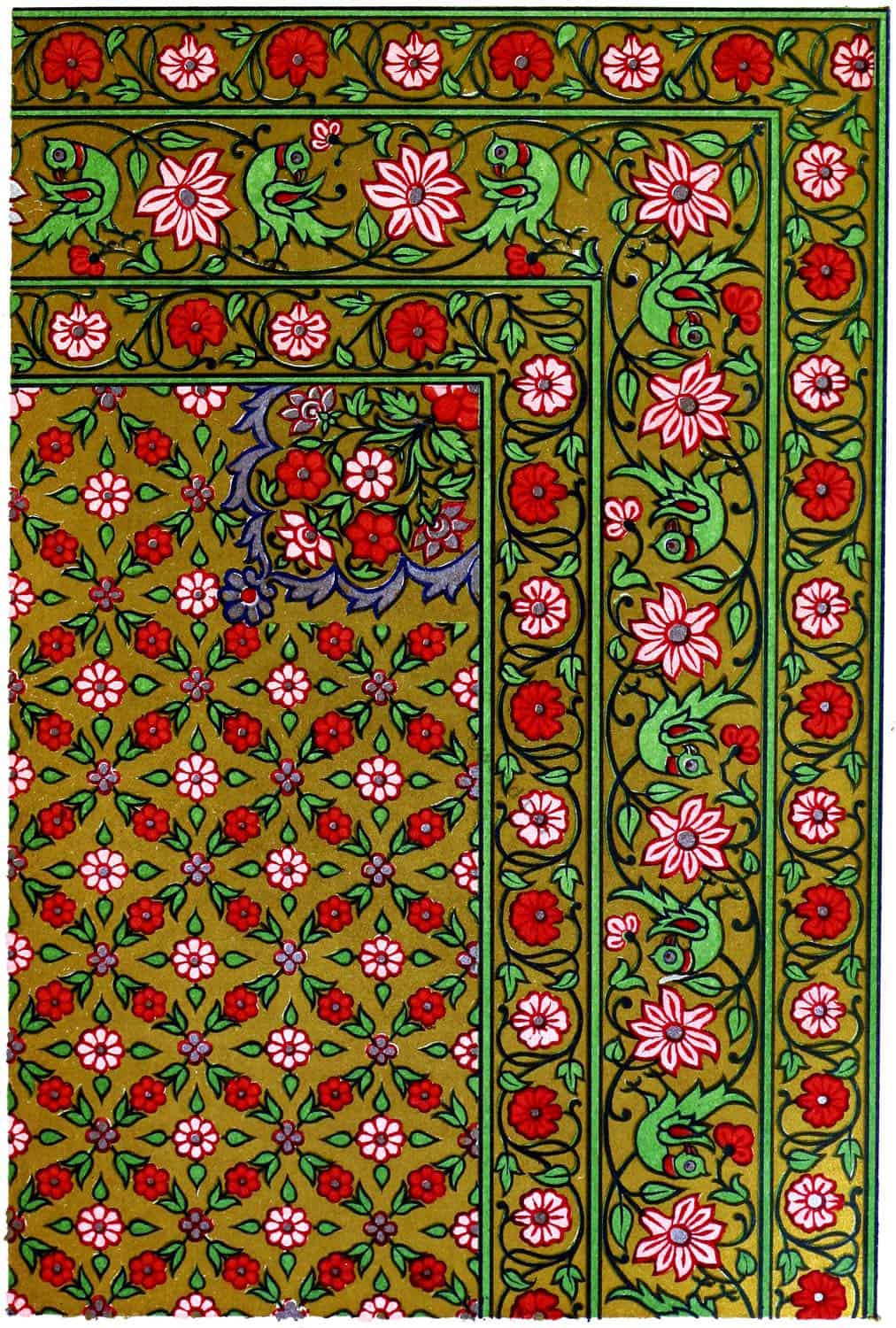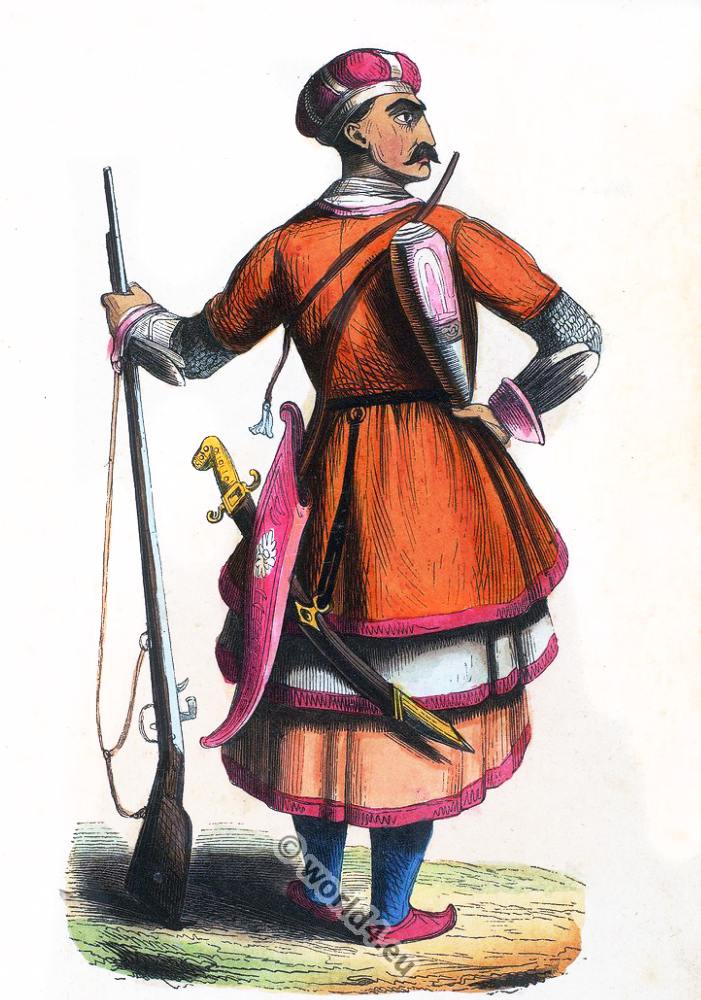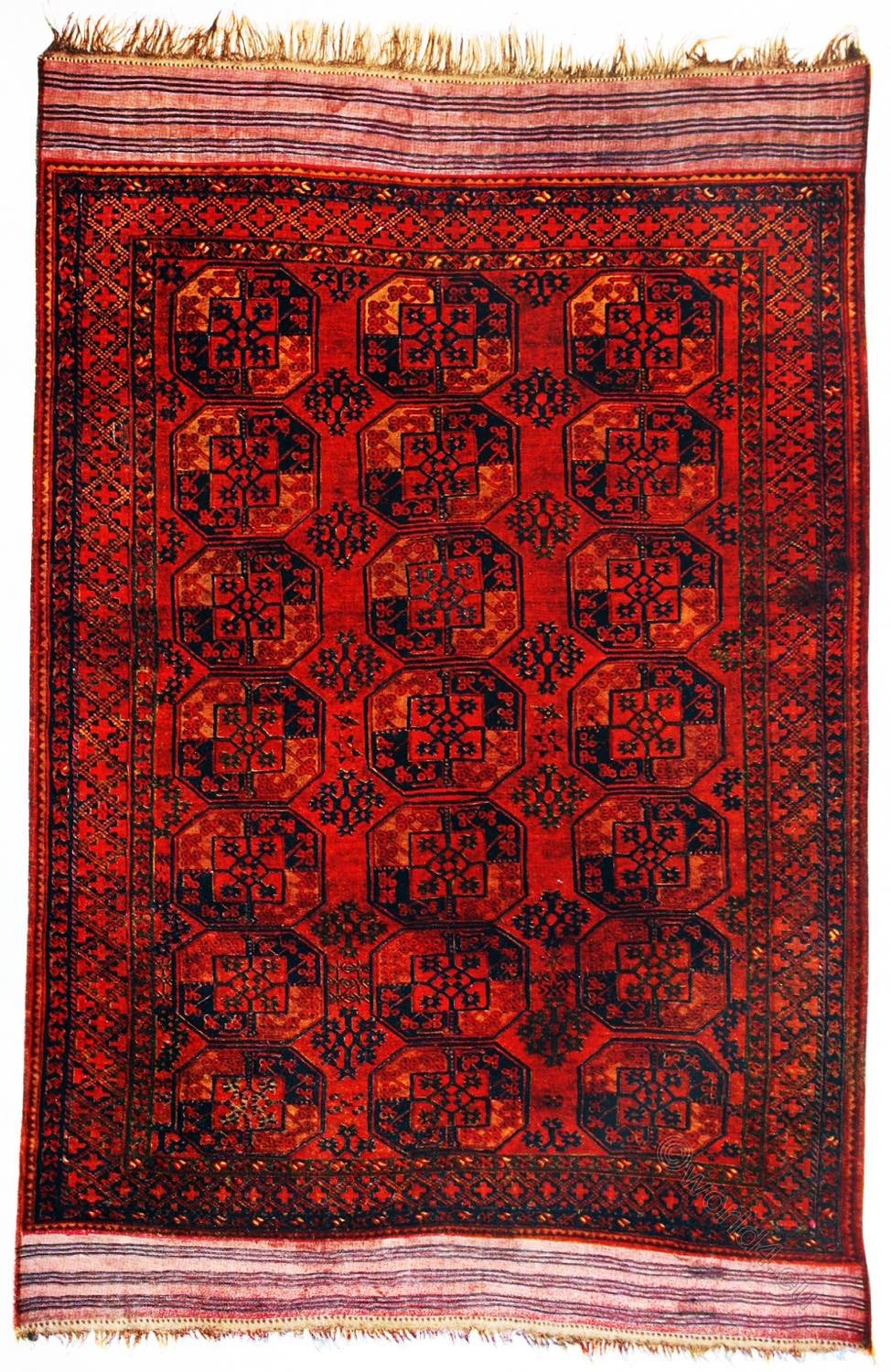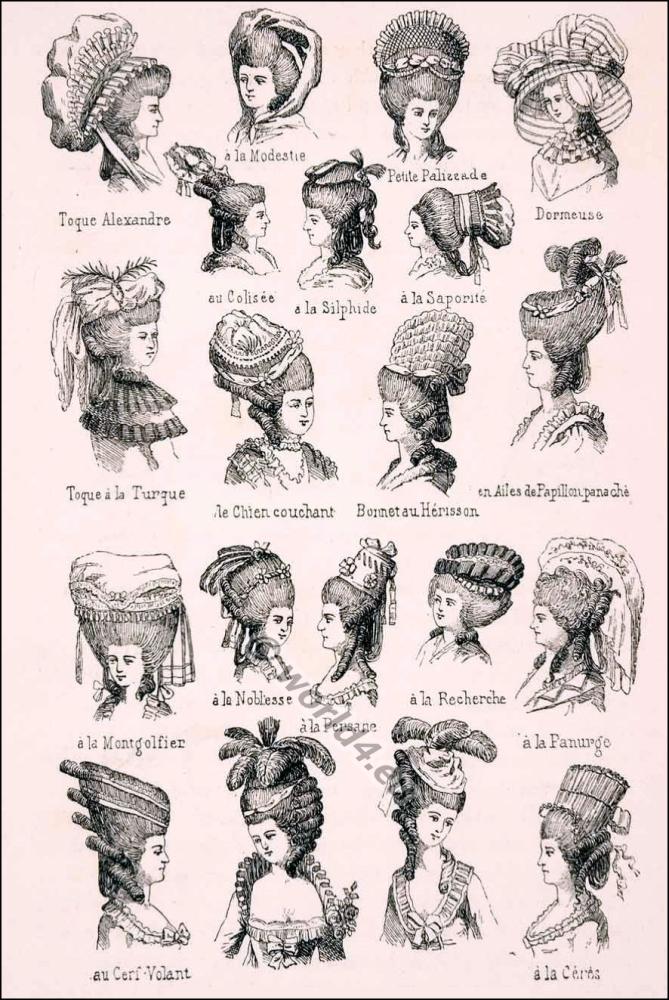Old Caucasian Carpet, XIII Century
Width: Seven feet one inch
Length: Fourteen feet eleven inches
Beautiful, not alone for the richness and depth of color, but for the interesting Cufic border, is this Caucasian carpet of the Eighteenth Century. The design, with but slight alteration, was largely used in the rugs from Dagestan *) and Shirvan throughout the Nineteenth Century and may be seen in more recent productions from these districts.
*) The Republic of Dagestan has been a Russian republic in the North Caucasus in the southern part of Russia since 1991. It is the largest in area and most populous of the Russian Caucasus republics.
The Cherkess motif is again present in the central medallion, and the four Caucasian palmettes in the corners contrast with the formality of the two larger medallions, with the result that the whole is a most pleasingly balanced design. Turquoise blue, yellow and madder red illuminate the black-brown held. All the tones of primary and tertiary hue combine to result in a festival of color.
Martin, in his writings, reproduces a piece with a border like the one described here, calling it “Carpet from Armenia or South Caucasia.”
Source: A collection of antique carpets by Altman, B. & Company, New York, 1923.
Discover more from World4 Costume Culture History
Subscribe to get the latest posts sent to your email.


